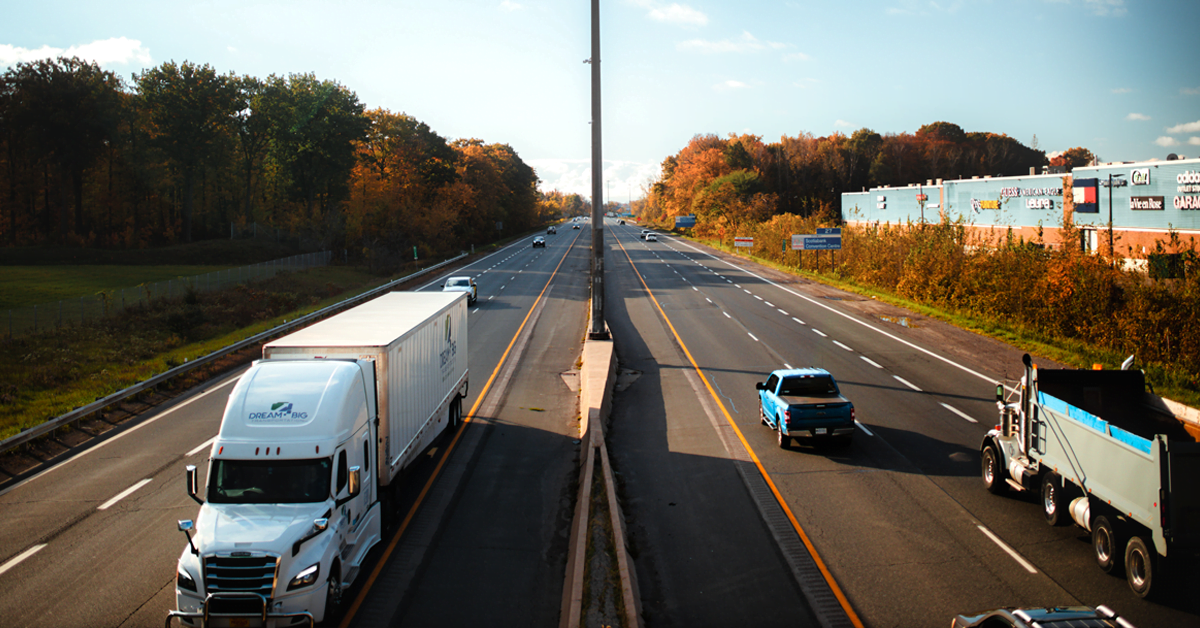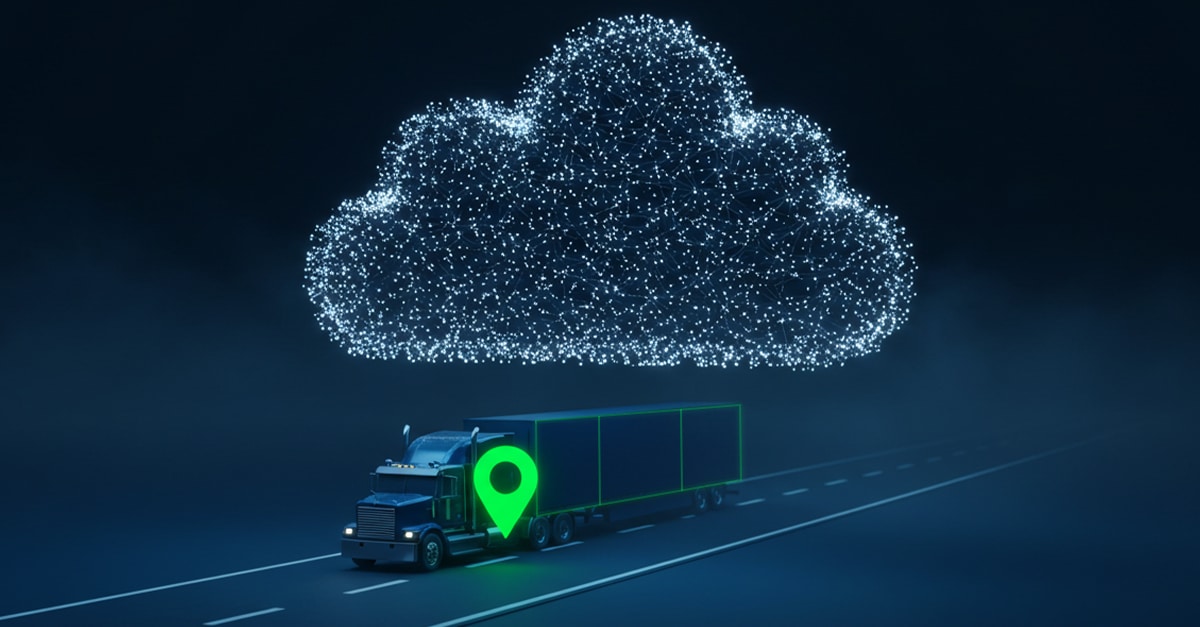As we transition into fall, various supply chain trends are emerging, changing the logistics landscape. Shippers, logistics service providers, brokers, and other supply chain workers are learning to navigate through the madness of labor and resource shortages due to the adverse impact of outside factors such as the ongoing pandemic and war. As new strategies are being laid out to improve operations, one point is clear: technology must lead the way.
Here are five supply chain trends you should be aware of for Fall 2022.
1. Better preparation for peak season
Peak season is always the most stressful time of the year for both shippers and consumers. When COVID hit, brick-and-mortar shopping became less frequent, and online stores flooded with orders. Even though the pandemic is not seeing an end anytime soon, shoppers are not as hesitant to walk into physical stores now, and many will turn to this option during the holiday season this year to avoid potential shipping delays.
However, retailers are still preparing earlier for online orders. The last few years have showcased many last-minute problems with order fulfillment, inventory tracking, and shipment delays due to an influx of online orders. Therefore, companies are better preparing for last-mile deliveries, especially during Black Friday and Christmas season, to streamline the process. This is being done by leveraging technology for forecasting and managing inventory to avoid undersupply and/or oversupply.
2. Small Steps to Meet Sustainability Goals
Customer demands for sustainable practices continue to increase, and companies must meet these demands to stay relevant in the public eye. The main problem they are facing is cost. Although most companies have a sustainability plan laid out, very few companies are taking action due to the price barrier. The good news is that more companies are turning to automation with the use of visibility software and using sustainable materials for packaging and machinery. Businesses are aware that the sustainability movement is inevitable, and they must take baby steps to meet customer expectations. Learn more about how shippers and 3PLs can further meet sustainability goals and follow a greener approach to supply chain management.
3. More mergers and acquisitions within cold storage companies
Limited warehouse space is a common issue among shippers and retailers, and cold storage companies suffer the most since their inventory is at risk due to perishability. That is why we constantly hear about big names in cold storage, such as Lineage Logistics, in the news for new acquisitions. Instead of building new facilities for expansion, which can be a lot more costly and involve more work, these companies are participating in more mergers and acquisitions to meet their goals and tackle issues such as rising costs and limited space. We can expect to see a lot more news about mergers and acquisitions among cold storage companies (and other shippers) in the next few months.
4. Greater investment in technological efficiencies
Coming back to the topic of technology, logistics companies are eager to leverage advanced technologies such as AI, IoT, and robotics to future-proof their supply chains. The uncertainties of the past few years have stirred a need to have more resilient approaches to supply chain management. Top automation processes include route optimization through intelligent software for less fuel consumption, the use of IoT sensors and software for a better view of ETAs, and upgrading machinery to replace manual labor as much as possible, although, again, the price remains an issue.
We have heard more about driverless vehicles in the news lately, and many retailers are finding the option of self-driving vehicles attractive from a price perspective since salaries can be eliminated. The option of robots delivering goods makes sense, especially during this time when there is a shortage of truck drivers.
5. More demand for 3PLs and logistics outsourcing
Peak season can be described in three words: demand, demand, and demand. How do shippers handle fluctuating demand during this time? The best option is to outsource logistics processes to 3PLs and 4PLs. There are many benefits to outsourcing, including leveraging the 3PL/4PL’s experience and resources such as trucks and warehouses to fulfill demand. Outsourcing logistics processes can also calm the storm that outside factors such as COVID and the war have created with shipping delays and lack of resources. Businesses realize the ROI they get from outsourcing, and more companies are becoming more comfortable with it.
Although the logistics and supply chain industry is going through a massive transformation and new trends are emerging day by day, these top five trends are right around the corner. We can expect to see these trends emerge and/or become more prominent within the next few months. By combining these five trends, businesses can build a strong and reliable supply chain to keep up with surging demand and rising costs. Upgrading technology and resources while bearing cost and ROI in mind is a top priority for the logistics industry, and we are already headed in that direction.
Turvo is the world’s leading Collaborative TMS application designed for the supply chain. We allow shippers, logistics providers, and carriers to unite their supply chains, deliver outstanding customer experiences, collaborate in real-time, and accelerate growth by connecting people and organizations. Turvo connects people and organizations, allowing shippers, logistics providers, and carriers to unite their supply chains, deliver outstanding customer experiences, collaborate in real-time, and accelerate growth.









